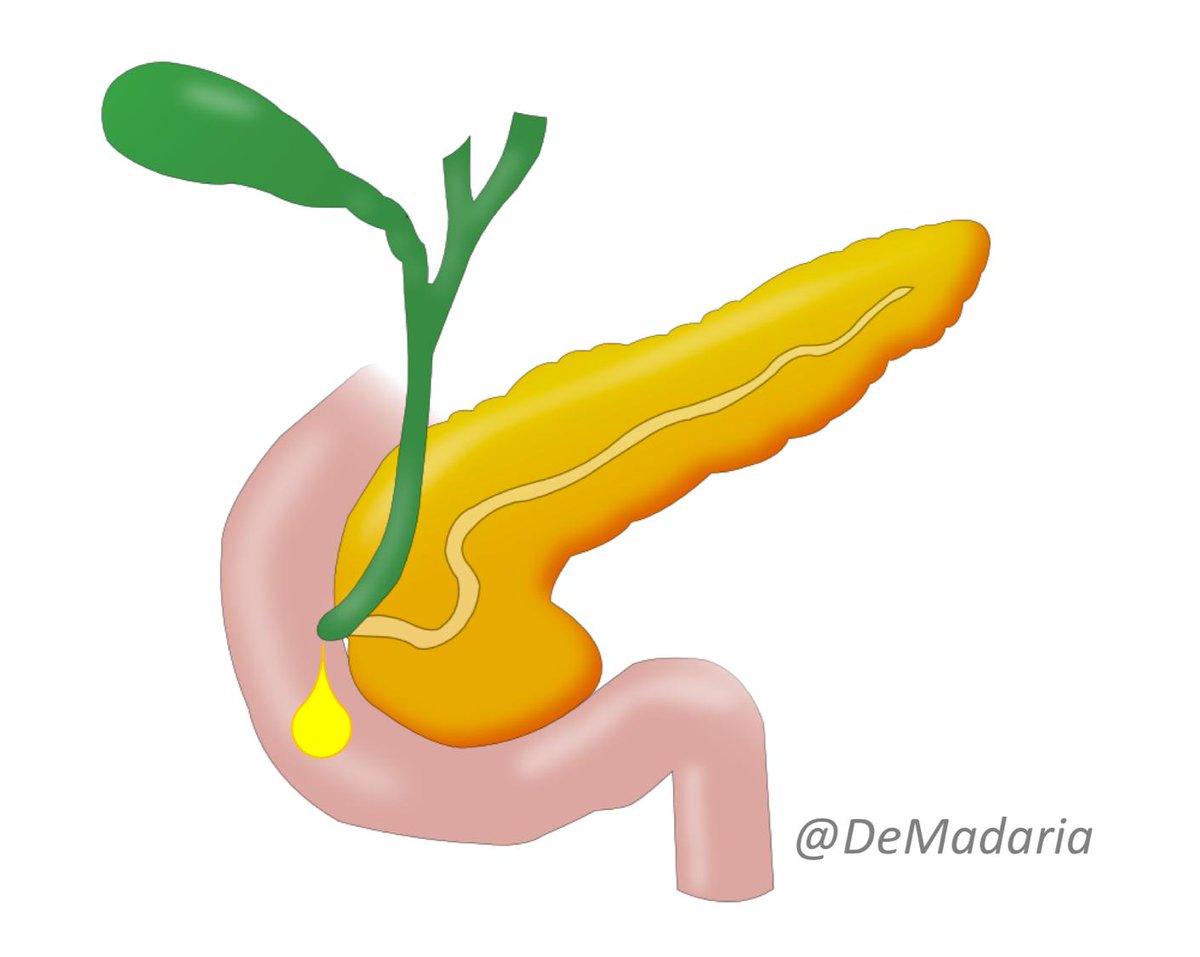
How to do a pro search in Pubmed?
This special #TheAmylaseSchool infographics (or mini-course) is a guide to navigate the deep waters of Pubmed (and not get drown). I provide a pdf at the end of the Twitter Thread
1/5
Author Journal Date Title Abstract Language Affiliation
👇



This special #TheAmylaseSchool infographics (or mini-course) is a guide to navigate the deep waters of Pubmed (and not get drown). I provide a pdf at the end of the Twitter Thread
1/5
Author Journal Date Title Abstract Language Affiliation
👇




How to search in Pubmed 5/5: pdf with all the infographic stuff, click "How to search in Pubmed: Complete PDF Guide" at the beginning of the webpage. Thanks @AprendeConDanio for hosting this!
aprendecondanio.com/blog/ciencia/p…
aprendecondanio.com/blog/ciencia/p…
If you liked it 🙏 retweet the first tweet of the thread and follow me
You can find more information about searching Pubmed in pubmed.ncbi.nlm.nih.gov/help/
Have a good search!
You can find more information about searching Pubmed in pubmed.ncbi.nlm.nih.gov/help/
Have a good search!
@dralicihat @awdah_3 @maromero86 @purnie_mae @HPanagiotakis @DrAdnanA1 @CabreraDacio @UHL_DIETITIANS @JCabezasGlez @Some4SurgeryIT1 #SoMe4Surgery @me4_so @DoctorBenChan @RodriguezGandia @CerTF @shanilkadir @purplemamabear @DrCSWilliam @wassupgabs @MedPostsSQU @JOSFER2011
@irreysistable @IHPBA @takoyaakiiii @pbendoscopist @CirujanosMad @guanxa_m @shreyas_rn @ry_lnt @bisturitx @saeedkhyar @Delia_emed @almagoch @SharanWad @omar_elshaarawy @DrJonnys @DraJennyRomero @shoaib1380 @djaguile_
@SEEDendoscopia @aecirujanos @sage_gastro @gastromx @schgastro @ClubPancreasCh @HPBcolombia @Aced1970 @GastroFBG @sguuruguay @sovengastro @ahpbgt @SPGEPY @SVPDweb @AsociacionSv
@raulvelamazan @jocamaga1974 @drapereza @MoreiraR_Leti @JoaquinCubiella @fingusmingus @JosReyesMoreno2 @Oscar89MP @natgmorales90
Y si eres gastroenterólogo y hablas español, hazte socio de @aegastro para una docencia de calidad y oportunidades en investigación
Echa un vistazo a lo que te ofrece AEG! aegastro.es/hazte-socio/
Echa un vistazo a lo que te ofrece AEG! aegastro.es/hazte-socio/
@lelecapurso you are a cornerstone for the examples in this tweetorial 🤣🤣
Finally, it took me many days to do this 🥵
@isabial_iis @GVAsalualicante @my_ueg @YouppiePancreas @AmerGastroAssn @AmCollegeGastro @BritSocGastro @Gut_BMJ @AGA_Gastro @AmJGastro @TheLancet @NEJM
• • •
Missing some Tweet in this thread? You can try to
force a refresh























